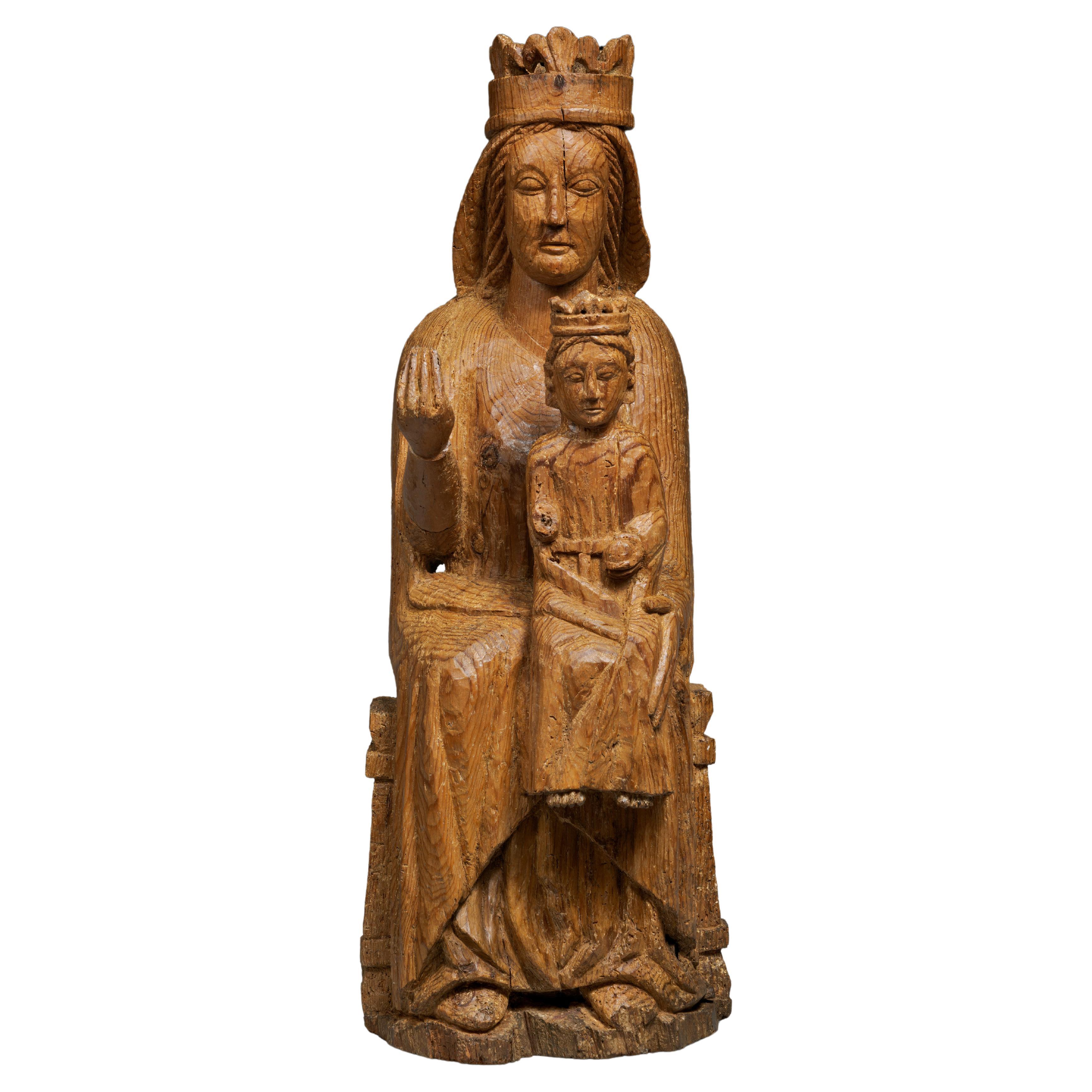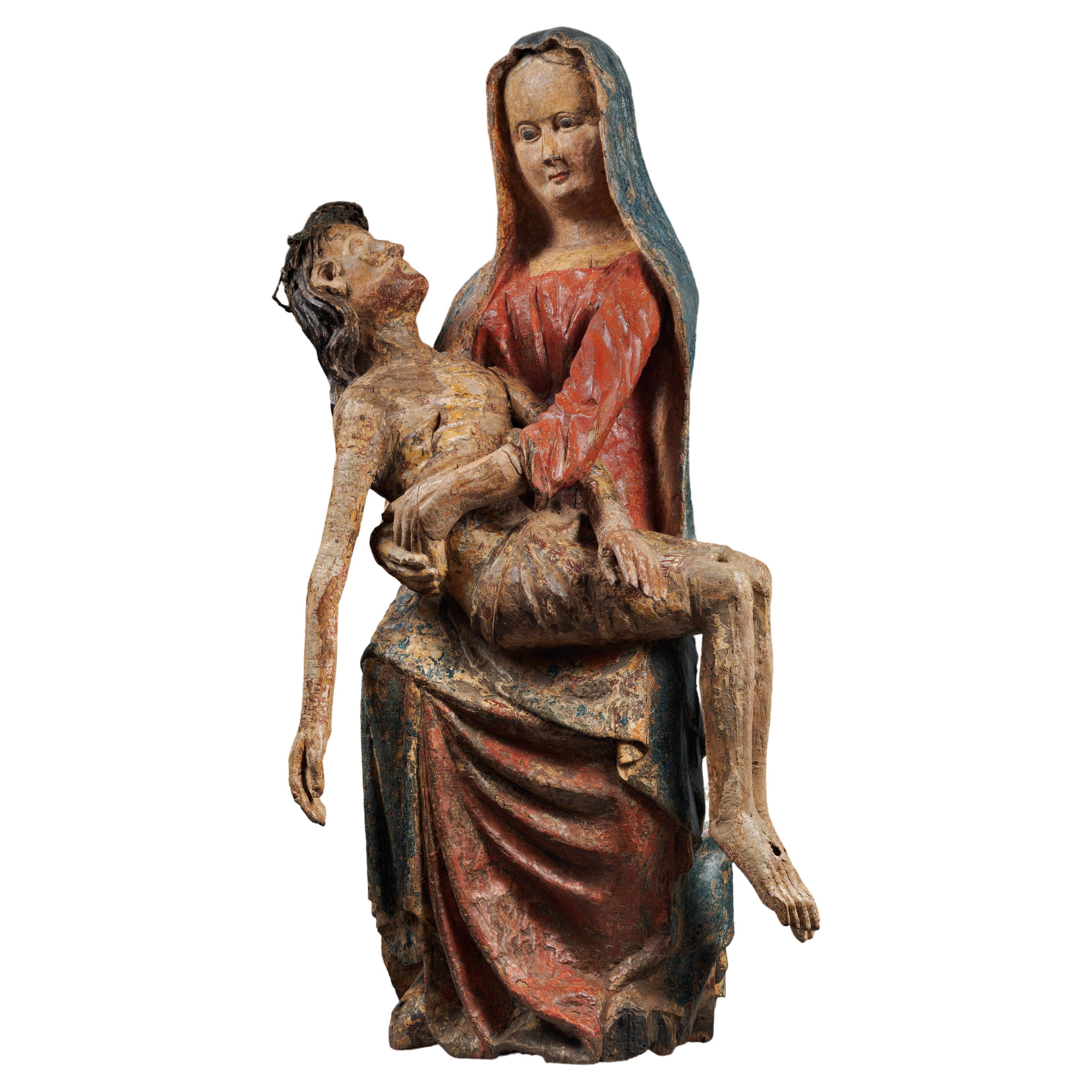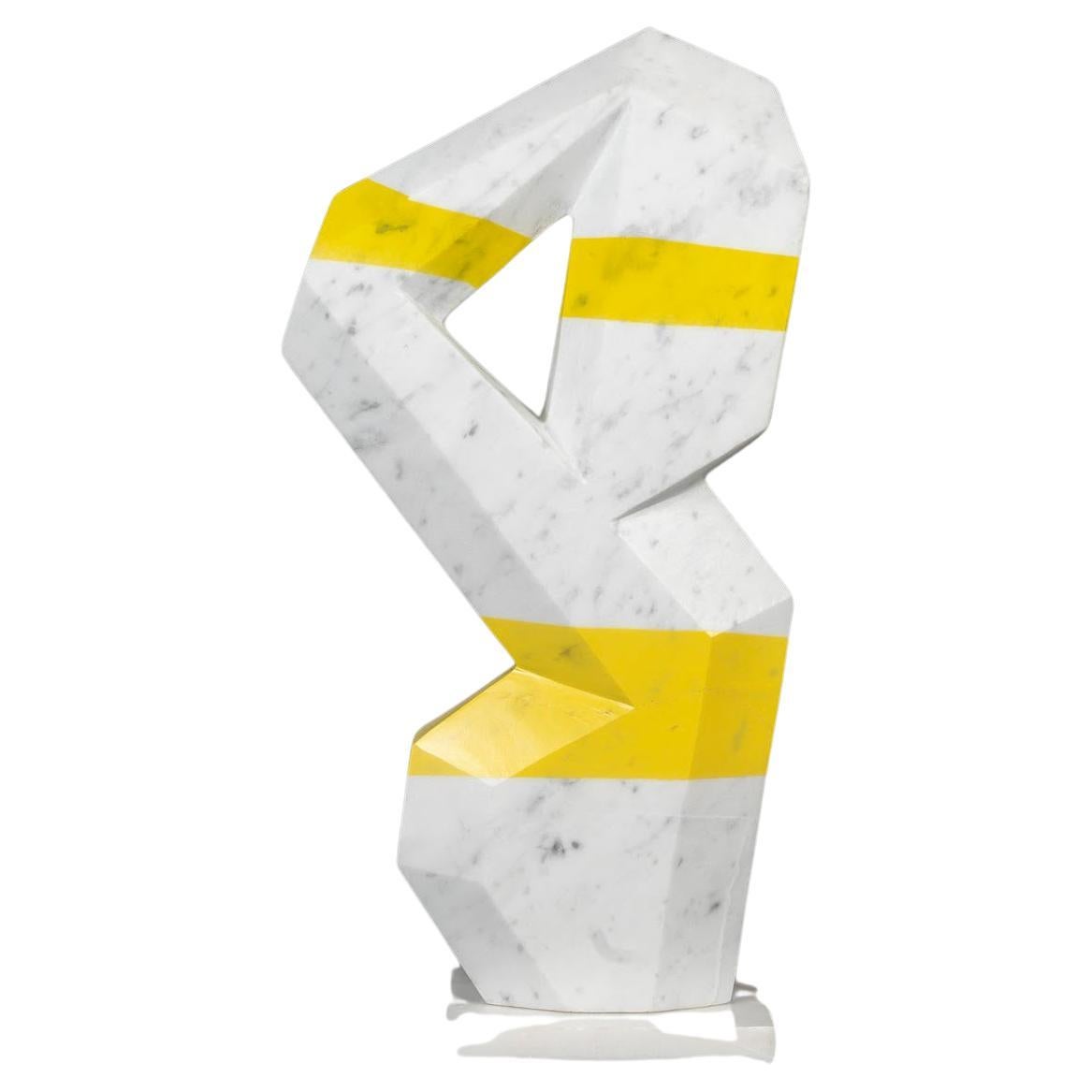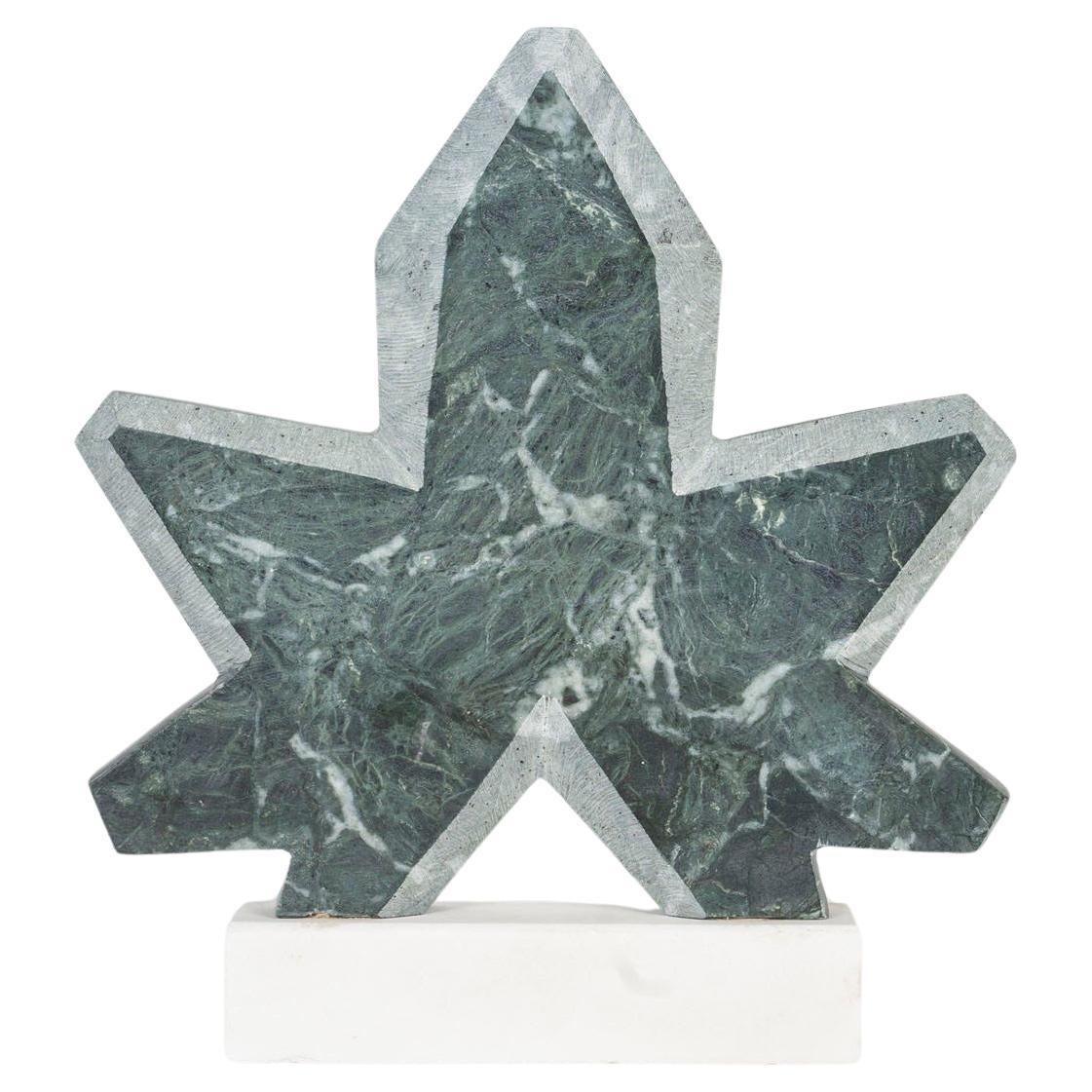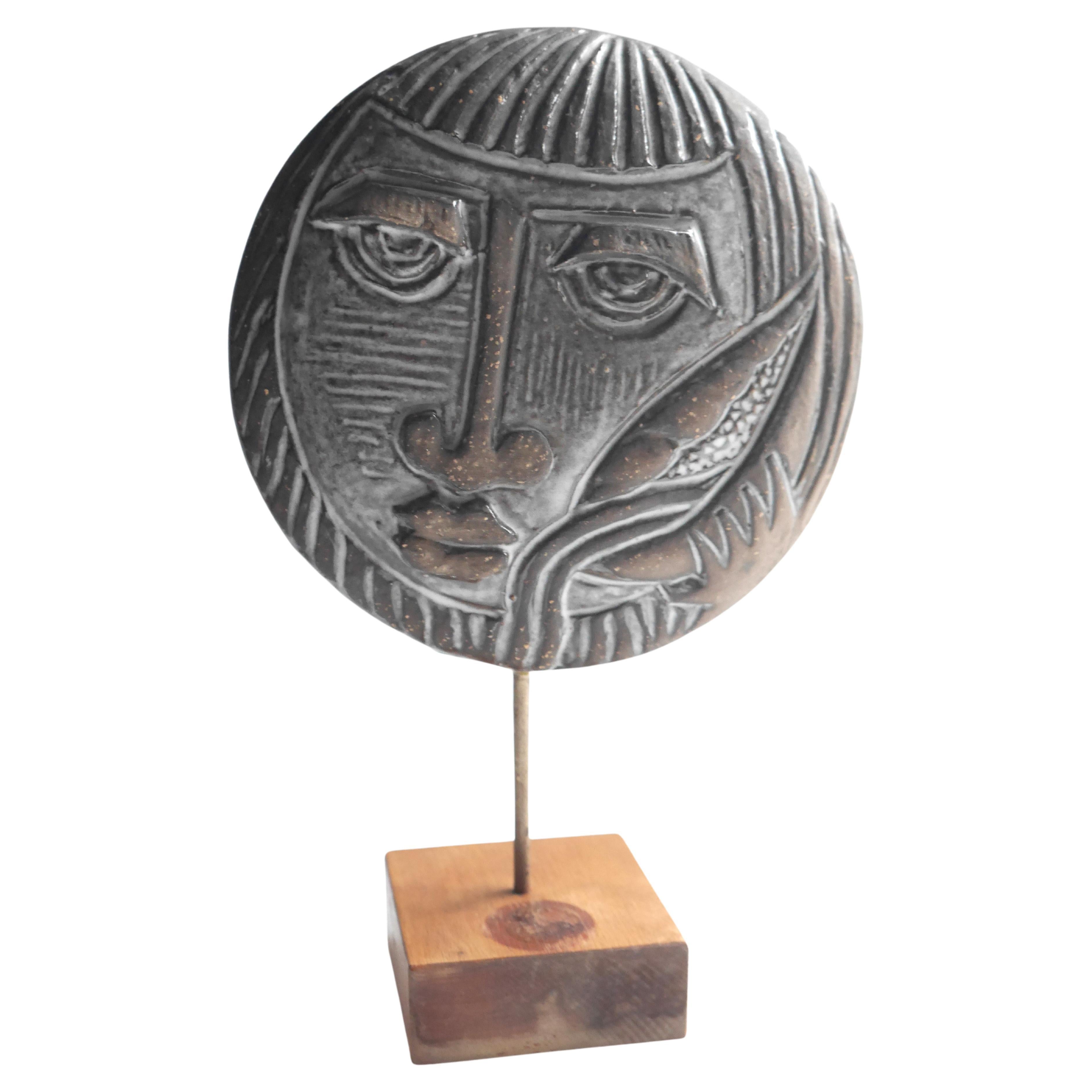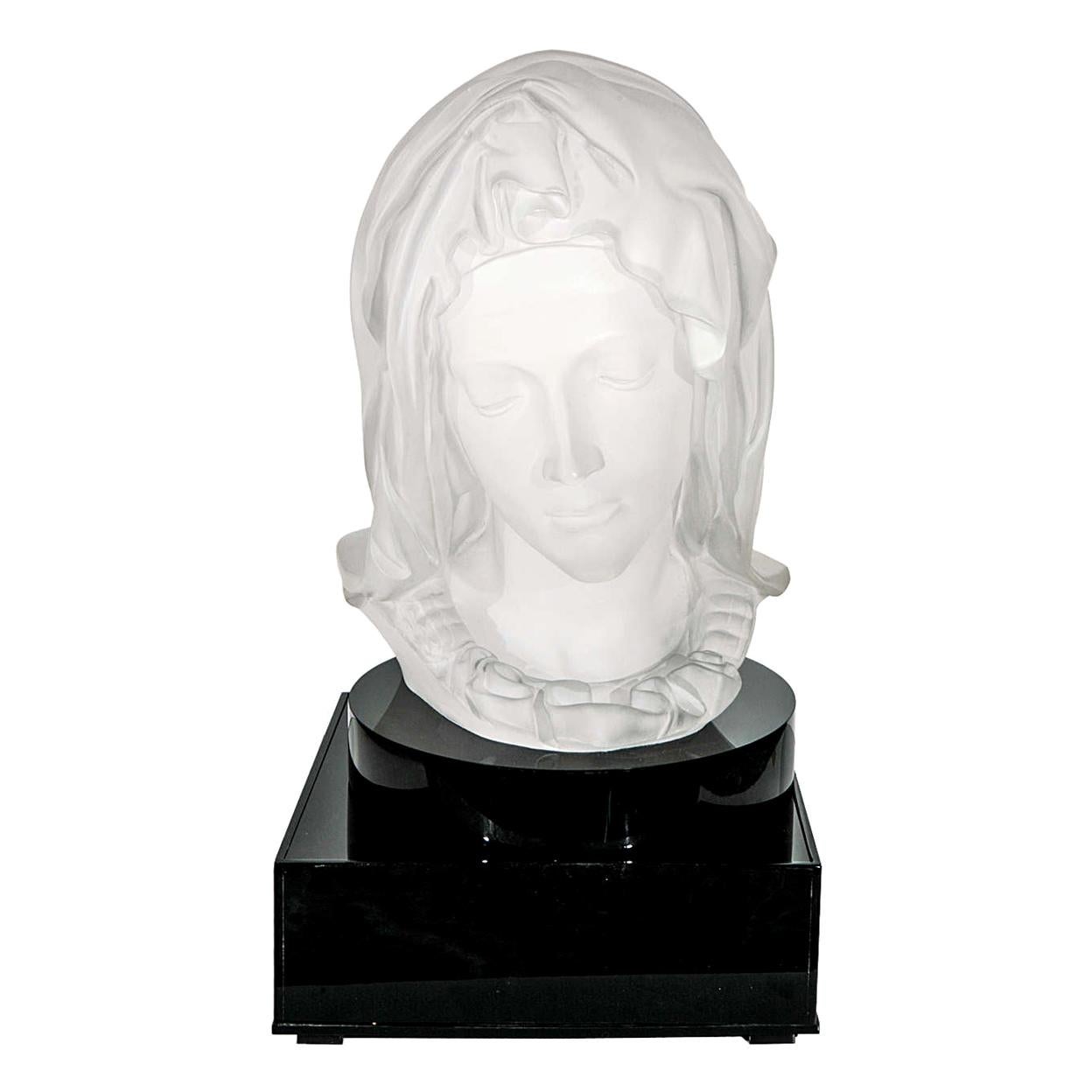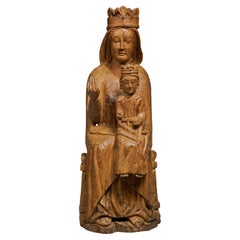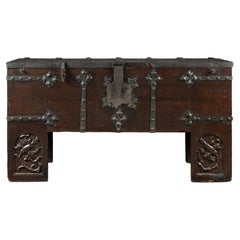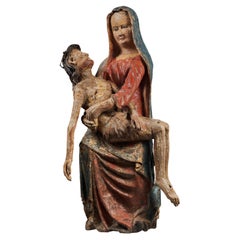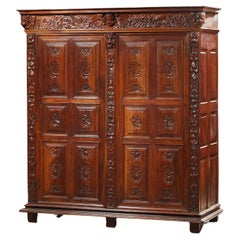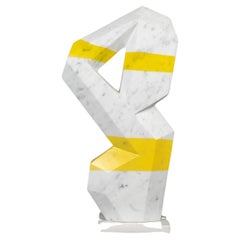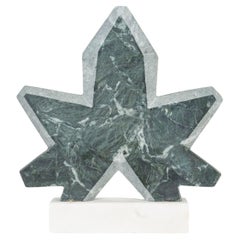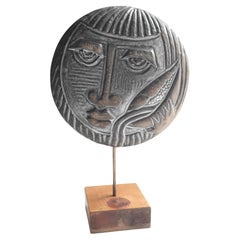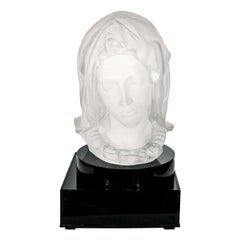Items Similar to Beautiful German Pieta known as "Vesperbild"
Want more images or videos?
Request additional images or videos from the seller
1 of 11
Beautiful German Pieta known as "Vesperbild"
About the Item
BEAUTIFUL GERMAN PIETA KNOWN AS “VESPERBILD”
ORIGIN : GERMANY
PERIOD : 15th CENTURUY
Height : 74 cm
Width : 43 cm
Depth : 22,5 cm
Good condition
Oak wood
This beautiful 15th-century carved and polychrome wooden Pieta, with a hollowed back, originates from Germany, is commonly known as a Vesperbild. "Vesperbild" literally translates to "evening image" in French. These sculptures traditionally depict the Virgin Mary holding the body of Jesus after his crucifixion. They are often associated with private devotion and were frequently used in evening prayers, hence their name.
This scene, commonly represented in Christian iconography from the 14th century onwards, where Mary cradles her dead son on her lap after the crucifixion, is a creation of Mystical Thought, which emerged in the Rhine Valley around 1320.
The Virgin Mary holds her son lying on her lap, with the legs of Christ falling vertically. The overall appearance, very natural, pyramidal, and well composed, offers a powerful and rigorous composition, pleasing to the eye.
The peaceful and very graceful face of the Virgin, leaning over her son, with delicate and regular features, with her eyes half-closed, is framed by the veil and the guimpe. The beautiful gothic drapery, with its broken and ample folds of the veil, forms her mantle.
Christ, with a well-defined beard and hair, wears his broad crown of intertwined thorns. He surrenders in the greatest simplicity into the arms of the Virgin.
This Pieta, with its perfect harmony, is imbued with restrained grace and serenity, as revealed in the delicate expressions of the faces.
- Dimensions:Height: 29.14 in (74 cm)Width: 16.93 in (43 cm)Depth: 8.86 in (22.5 cm)
- Style:Gothic (Of the Period)
- Materials and Techniques:
- Place of Origin:
- Period:
- Date of Manufacture:1400-1500
- Condition:Wear consistent with age and use.
- Seller Location:Saint-Ouen, FR
- Reference Number:Seller: 3051stDibs: LU3115341317492
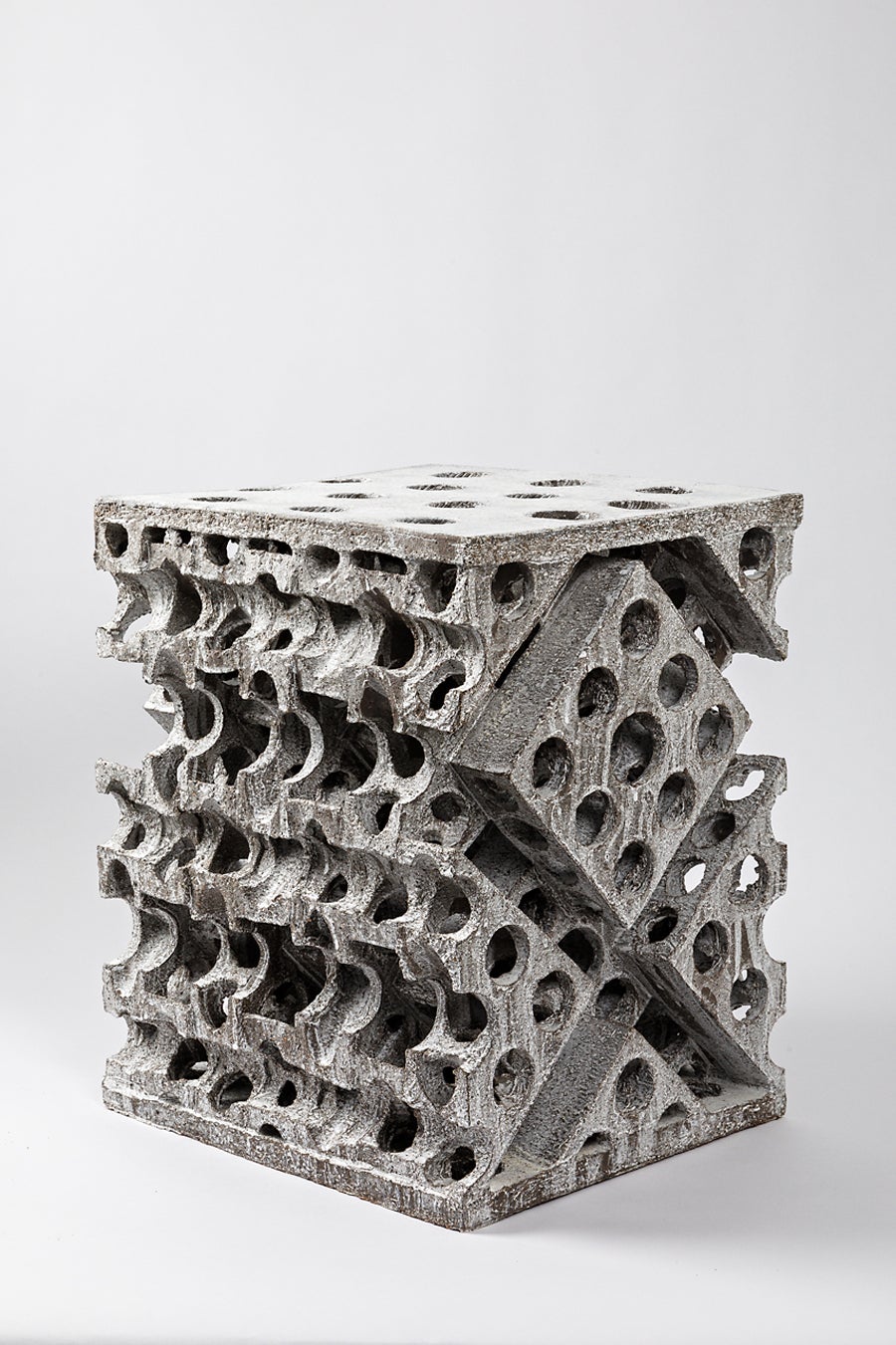
About the Seller
5.0
Vetted Professional Seller
Every seller passes strict standards for authenticity and reliability
Established in 2016
1stDibs seller since 2017
183 sales on 1stDibs
Typical response time: 1 hour
- ShippingRetrieving quote...Shipping from: Paris, France
- Return Policy
Authenticity Guarantee
In the unlikely event there’s an issue with an item’s authenticity, contact us within 1 year for a full refund. DetailsMoney-Back Guarantee
If your item is not as described, is damaged in transit, or does not arrive, contact us within 7 days for a full refund. Details24-Hour Cancellation
You have a 24-hour grace period in which to reconsider your purchase, with no questions asked.Vetted Professional Sellers
Our world-class sellers must adhere to strict standards for service and quality, maintaining the integrity of our listings.Price-Match Guarantee
If you find that a seller listed the same item for a lower price elsewhere, we’ll match it.Trusted Global Delivery
Our best-in-class carrier network provides specialized shipping options worldwide, including custom delivery.More From This Seller
View AllVirgin and Child in Majesty, also known as "Sedes Sapientae"
Located in Saint-Ouen, FR
VIRGIN AND CHILD IN MAJESTY, ALSO KNOWN AS "SEDES SAPIENTIAE"
ORIGIN : SPAIN, CATALOGNE
PERIOD: EARLY 13th CENTURY
Height : 95 cm
Width : 32 cm
Depth : 28 cm
Softwood
No polychromy
In the middle of the 12th century, the Virgin took her place in churches, seated in Majesty, serving as a throne for her son Jesus. She is then called Sedes Sapientiae, meaning the Throne of Wisdom.
At that time, she is not represented for herself and only exists because she has been designated as Theotokos, the mother of God, at the Council of Ephesus in 431, where the divine nature of Christ was proclaimed from his birth.
The upright and perfectly hieratic bust of this Virgin and Child in Majesty is seated on a throne-bench. She is dressed in a tunic with a rounded neckline and covered with a fine mantle placed on her narrow shoulders. The supple and natural drapery follows the lines of the body.
Large curls frame her face with delicate and regular features, a long straight nose, almond-shaped eyes, and small lips.
She supports the Infant Jesus with her left hand. Like his mother, he is dressed in a long tunic, and his little feet are visible in the folds. He holds a small sphere in his left hand, while with his right hand, he gestures in blessing. The face of Christ bears a strong resemblance to his mother’s one, and he gives a slight smile.
The position of the Child is no longer as hieratic, nor frontal or central as in the early 12th century, but his face still turns towards the faithful.
The 13th century indeed emerges as a period of transition in the artistic domain. The statuary, while retaining certain characteristics still belonging to the habits of the previous century, also develops new formal solutions.
As a result, Mary maintains a hieratic and frontal position, while her son shifts to place himself well to the left on her knee. Similarly, while the Virgin seems perfectly still, Jesus, on the other hand, appears much more animated, especially in the positioning of his hands. His left hand holds the orb, and judging by the raised right arm directed towards the faithful, one can easily imagine that he was making a gesture of blessing.
The influence of the Sedes Sapientiae from previous centuries still seems particularly prevalent in this work.
These few characteristics allow dating this Spanish Virgin...
Category
Antique 15th Century and Earlier Spanish Gothic Figurative Sculptures
Materials
Softwood
Rare Gothic German Oak and Iron Chest Known as "Stollentruhe"
Located in Saint-Ouen, FR
This large chest stands on high legs prolonging the lateral jambs. Presenting a sober and severe appearance the chest still belongs to the Medieval tradition. The piece is made from very high quality Hungarian wood.
The jambs are joined to the facade and the lateral sides thanks to pegged mortise and tenon securing a great stability and squareness between each parts. The upper lid is made of two joined parts and so is the facade.
The ironwork is present all over the surface of the chest and brings both an additional stability to the construction as well as a rich decor. The lid is secured with hinges. Hinges also run all over the chest in horizontal and vertical lines, ending in a floral motif. The hasp lock is also very ornamental.
Those chests always present important proportions especially when they are made early in the period. This model was very popular in Germany and stayed in vogue until the 16th century. However the feet Gothic decor...
Category
Antique 15th Century and Earlier German Gothic Blanket Chests
Materials
Wrought Iron
Important German Pietà from the, 14th Century
Located in Saint-Ouen, FR
IMPORTANT GERMAN PIETÀ FROM THE 14th CENTURY
ORIGIN: GERMANY, REGION DE COLOGNE
PERIOD: BEGINNING IF THE 14th CENTURY, ca. 1330
Height: 98 cm
Length: 45 cm
Depth: 33 cm
Polychromed linden wood
Good condition of conservation
Provenance : particular Alsatian collection
The theme of the Pietà or Vesperbild appears in Germany at the end of the 13th century, reflecting the mysticism of the late Middle Ages. Although the theme does not exist in the Gospels, it was often mentioned in contemporary devotional literature. Indeed, during the first half of the 14th century, mystical thought and devotional practices changed under the impulse of a number of religious, among them Heinrich Suso and St Bridget. In his writings, Suso placed important emphasis on contemplation and meditation in the footsteps of Christ's martyrdom.
This will have great impact in the field of art, especially in Germany and later in France. The emphasis will from now on be on grief, death is shown in a straightforward way. The wounds of Christ are gaping and bloody. The suffering of Christ and the seven sorrows of the Virgin Mary are meditated upon.
This piece demonstrates the interest of the faithful in these representations where pathos reigns.
The virgin is represented seated in a frontal position. The bust is very elongated. She is wearing a red dress with a simple neckline and a blue mantel...
Category
Antique 15th Century and Earlier Figurative Sculptures
Materials
Wood
Exceptional Cabinet known as the Sumene Cabinet
Located in Saint-Ouen, FR
EXCEPTIONAL CABINET KNOWN AS THE SUMÈNE CABINET
ORIGIN : FRANCE, NÎMES
PERIOD : 16th CENTURY
Height: 199 cm
Width: 180.5 cm
Depth: 69 cm
Walnut wood
Good state of preservation
...
Category
Antique 16th Century French Renaissance Cabinets
Materials
Wood, Walnut
Saint Woman in polychrome carved wood
Located in Saint-Ouen, FR
SAINT WOMAN IN POLYCHROME CARVED WOOD
ORIGIN : ITALY
PERIOD : late 13th century
Height : 103 cm
Length : 28 cm
Width : 16 cm
Remains of polychromy
...
Category
Antique 15th Century and Earlier Italian Gothic Figurative Sculptures
Materials
Softwood
Rare Nursing Virgin from the 14th century
Located in Saint-Ouen, FR
RARE NURSING VIRGIN FROM THE 14TH CENTURY
ORIGIN : ITALY
PERIOD : 14TH CENTURY
Height : 60 cm
Width : 20,5 cm
Depth : 11 cm
Wood
Seated and in a very maternal position, Mary is wearing a red dress with a long, flowing cloak covering her narrow shoulders and falling down her body, with one side hugging her bust.
Her hair, half hidden under a veil, frames an oval face featuring a high forehead, a long and thin nose, a small mouth with thin lips and half-closed eyes.
Mary is carrying her son, the infant Jesus, who is wrapped in a cloak, in her lap. Jesus is being nursed by his mother, held by her left hand.
This remarkable depiction, imbued with such gentleness, is directly inspired by the iconographic theme of the Virgin and Child in Majesty. It breaks with the hieratic, impassive style of the models from the 12th and 13th centuries, adding a touch of realism. From Virgin Queen, Mary became Virgin Mother.
Linked to the development of the Marian cult, this type of representation, sometimes known as Virgo lactans, Virgin of Milk or Nurturing Virgin, remains extremely rare. This image of the Virgin Mary and the Infant Jesus is an extremely delicate representation of the intimate bond formed...
Category
Antique 15th Century and Earlier Italian Gothic Figurative Sculptures
Materials
Wood
You May Also Like
Carrara Marble Sculpture by François Fernandez, Known as SAVY, Signed.
Located in Saint-Ouen, FR
Carrara marble sculpture by François Fernandez, known as SAVY, signed and dated 2001.
Sculpture in Carrara marble and yellow lacquer by the sculptor François Fernandez, known as SAV...
Category
21st Century and Contemporary French Modern Abstract Sculptures
Materials
Marble
Sculpture by François Fernandez, Known as SAVY, in Light Green Marble, Signed.
Located in Saint-Ouen, FR
Sculpture by François Fernandez, known as SAVY, in light green marble, signed and dated 2001.
Sculpture in light green marble representing a leaf by the sculptor François Fernandez,...
Category
21st Century and Contemporary French Modern Abstract Sculptures
Materials
Marble
Statue Known as "the Zodiac" by Lars Bergsten for Upsala Ekeby, Sweden, 1960s
By Lars Bergsten, Upsala Ekeby
Located in Skarpnäck, SE
A rare and very special statue known as "The Zodiac" by Lars Bergsten for Upsala Ekeby, Sweden, 1960s. This is a very unusual piece depicting a mans face in an abstract or graphic wa...
Category
Vintage 1960s Swedish Mid-Century Modern Abstract Sculptures
Materials
Ceramic, Pottery
$1,109 Sale Price
20% Off
Free Shipping
Madonna De La Pieta Acrylic Sculpture
Located in Los Angeles, CA
An amazing frosted acrylic sculpture of the Virgin Mary by New Renaissance Art. This was cast from the master made from the Vatican's mold of the original. The mold was created under the supervision of the Vatican's own artisans. This is piece is stamped on the side (molded into the acrylic) with the name New Renaissance Art, the head of David...
Category
21st Century and Contemporary American Renaissance Sculptures
Materials
Acrylic
Rare & Beautifully Hand-Carved Antique Dutch Arts & Crafts Beveled Wall Mirror
Located in Lisse, NL
Striking wall mirror with handcarved geometrical 'flowers' and trefoil symbols.
Via one of our foreign contacts we recently purchased this perfectly fine and deeply handcarved, sc...
Category
Early 20th Century European Gothic Wall Mirrors
Materials
Wood, Mirror
17th Century German Carved Oak Religious Sculpture
Located in Bradenton, FL
17th Century German hand-carved oak religious sculpture. Possibly a saint or a bishop. The bearded man is cloaked in draped fabric with only left ...
Category
Antique 17th Century German Gothic Figurative Sculptures
Materials
Oak
Recently Viewed
View AllMore Ways To Browse
Antique Wooden German
German Carved Frame
Mary Christ
Gothic German
Carved Cradle
Carved Wooden Crown
Wooden Christ
Wooden Cradle
Virgin Mary Wood
Wooden Jesus
Body Of Christ
Crowning With Thorns
Antique Wood Cradle
Jesus Crucifixion
Hand Carved Virgin Mary
Hand Carved Wood Mantle
Wooden Carved Christ
Mary Polychrome
